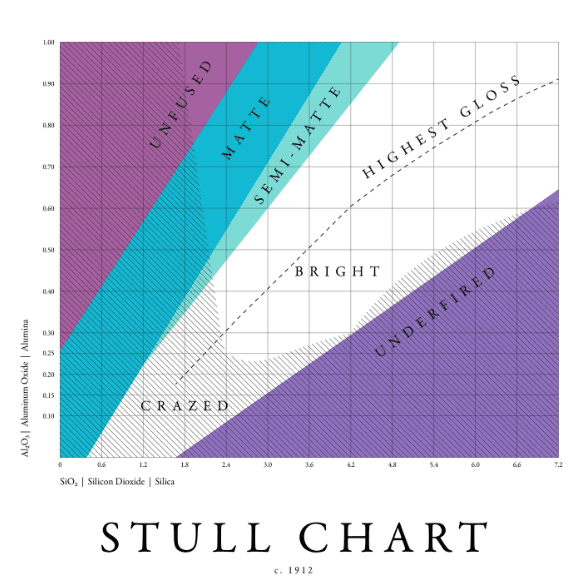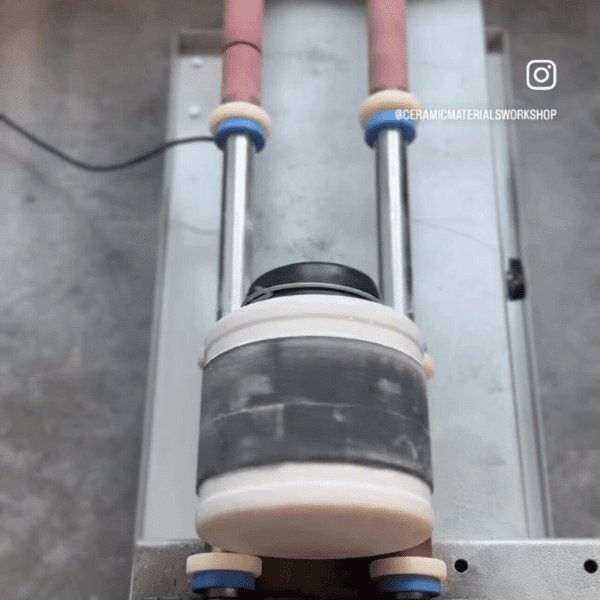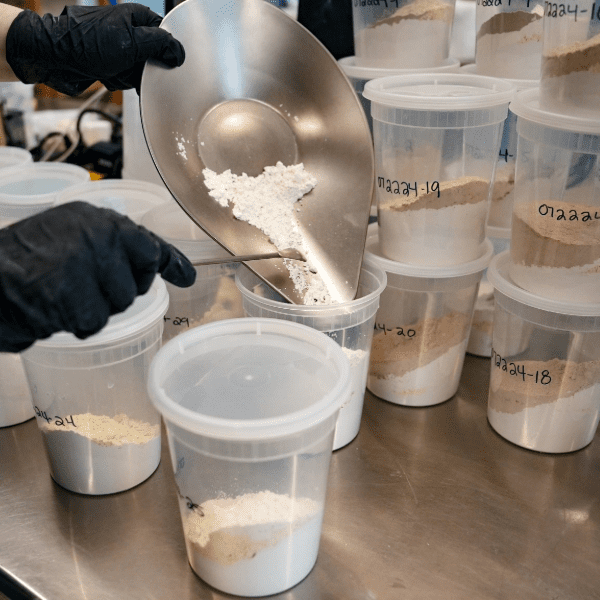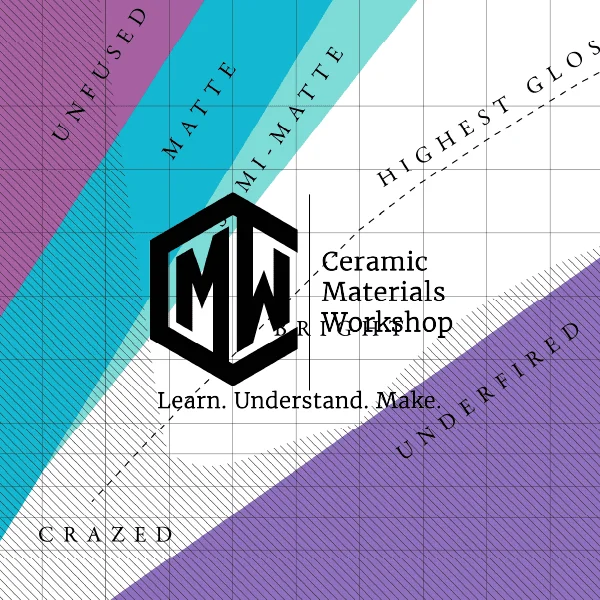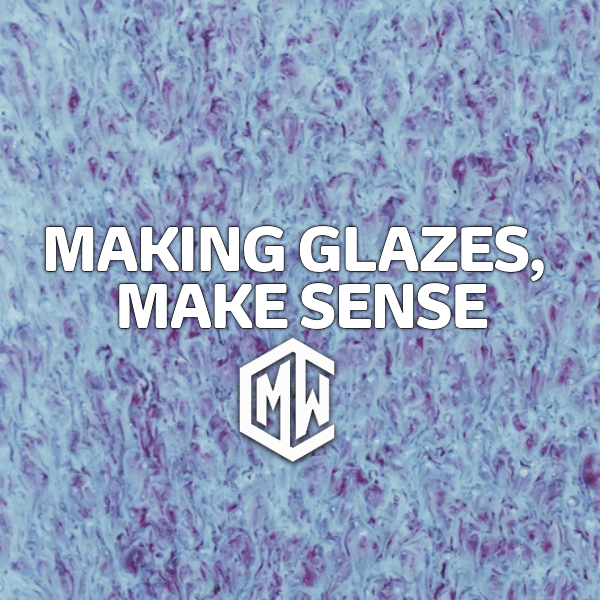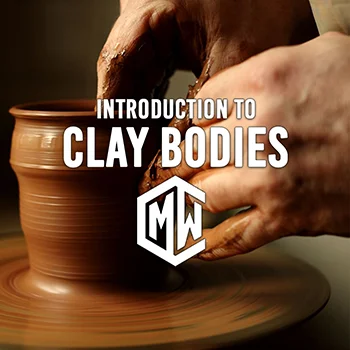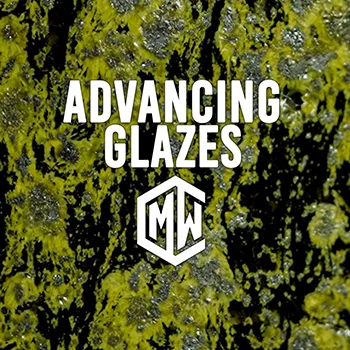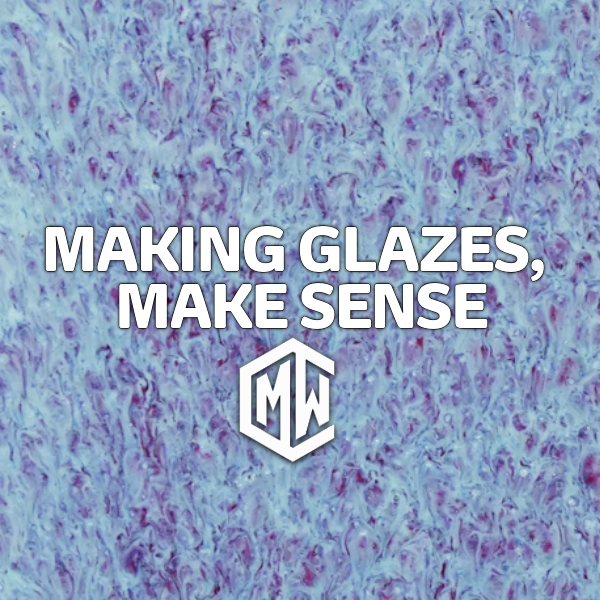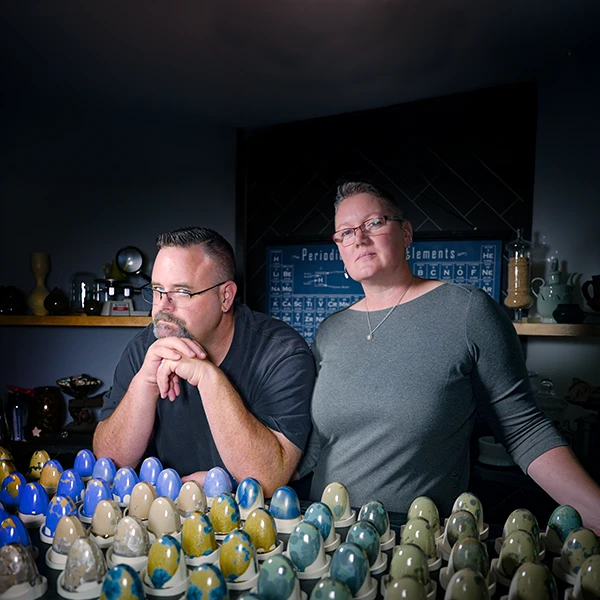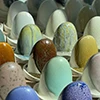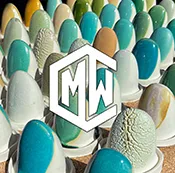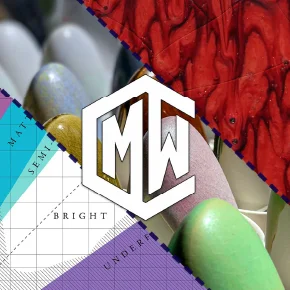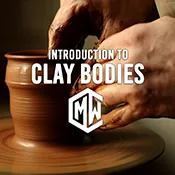
Just like a needy significant other, your glaze needs attention and understanding. And the key to a happy, healthy glaze relationship? Water content.
Seriously, this is where the chemistry happens. Those of you who weigh your water (fist bump!), you get it. You’re the MVPs of the ceramic world.
But for the rest of you… sigh… listen up! Winging your water content is like playing roulette with your glazes. Sometimes you win, sometimes you end up with a cracked, crazed mess.
So ditch the “dip your finger in and see if it feels right” method, and grab a scale! Each glaze has its own unique water content sweet spot. Think of it as a Goldilocks situation: not too thick, not too thin, but just right.
Does your water source affect glazes?? Hmm… (Find out more here)
Now, let’s talk about specific gravity (SG) and viscosity. These two metrics are like the dynamic duo of glaze consistency.
SG tells you the ratio of water to dry materials in your glaze, while viscosity measures how smoothly it flows. Still confused? Click here!
Think of honey: cold honey is thick and slow-moving (high viscosity), while warm honey is runny (low viscosity).
To keep your glazes flowing like a dream, mix up a batch, let it age for a few days (like a fine wine), and then adjust the water content until it’s perfect. Jot down the SG and viscosity numbers – those are your glaze’s VIP stats.
And remember, glazes can be a bit fickle. Over time, they lose water and their consistency changes. So, keep an eye on those SG and viscosity values and give your glaze a little TLC with some Darvan or an Epsom salt solution when needed.
Trust me, with a little practice and these handy tips, you’ll be glazing like a pro in no time. Now go forth and create some stunning pottery!
Curious about your clay’s absorption rate?
Ever wondered what those absorption numbers on your clay bags really mean? Whether you’re a seasoned potter or just starting out, knowing how to interpret these numbers can make a huge difference in your work.
We’re diving deep into the world of clay absorption—a crucial metric that every ceramicist should understand.
Ready to dive deeper?
Loved learning about ceramic glazes? Want to go even deeper? Check out our Workshops & Courses, now available in Spanish, or YouTube Channel where Matt breaks it all down, myth-busting and Stull chart included!


